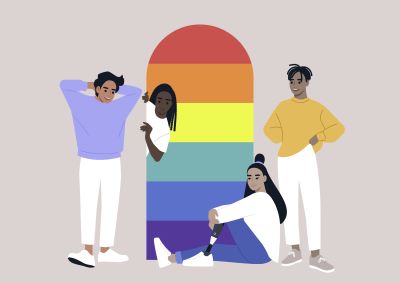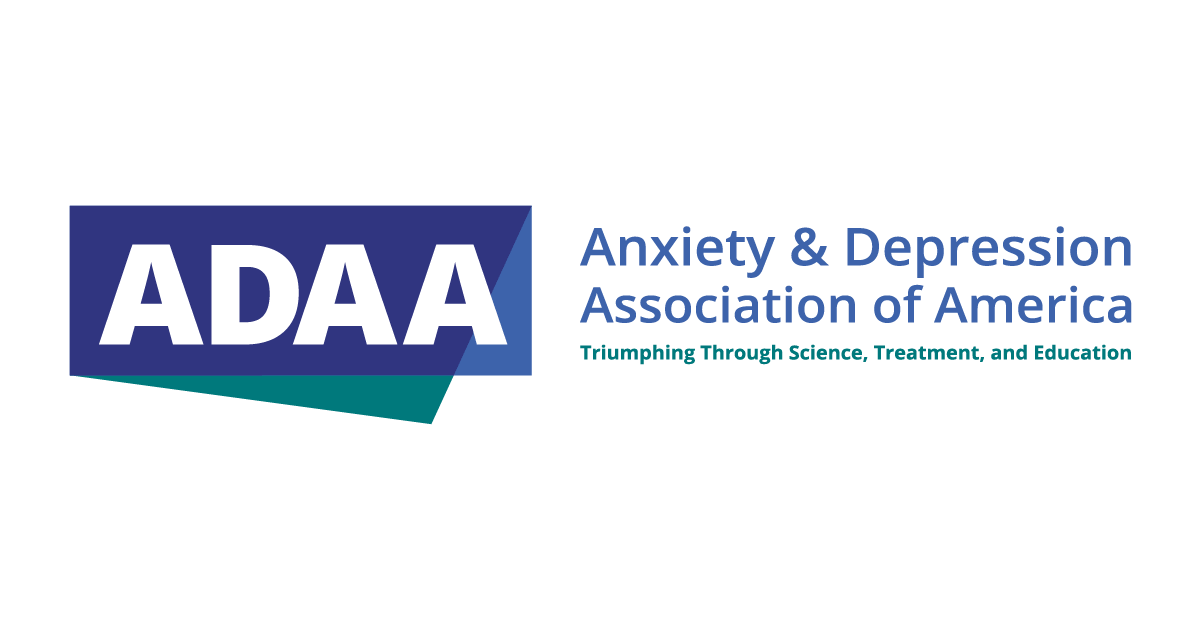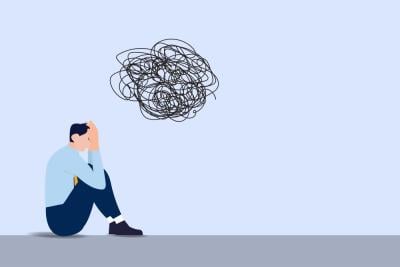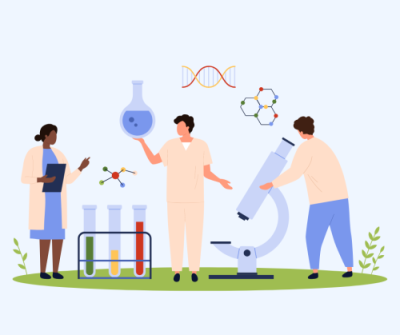
June 7, 2024
Jeff Cohen, PsyD
and
Ilana Seager van Dyk, PhD
and
This CE eligible webinar with Jeffrey Cohen, PsyD and Ilana Seager van Dyk PhD, aims to provide attendees with the basic tools needed to use evidence-based clinical practice (i.e., CBT) with LGBTQ+ youth and their families using an affirming, minority stress-informed lens.









